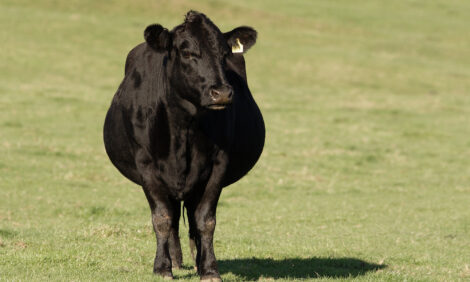



Beef Breed Has A Considerable Effect On End Value
Breed and sex differences in carcase distribution can have a considerable effect on the overall value of beef animals due to differential pricing of various cuts, according to studies carried out in Edinburgh and Bristol.Steers have a greater proportion of forequarter (shin and clod) and lower proportion of hindquarter (topside, rump and sirloin) in their carcases compared with heifers.
Just one of the findings of a study, carried out by scientists in Bristol and Edinburgh, to quantify the proportions of various primal cuts within beef carcases from both Aberdeen Angus cross (AAx) and Limousin cross (LIMx) steers and heifers slaughtered through a commercial abattoir.
“This may be a function of circulating hormone levels,” the Scottish Agricultural College’s Jimmy Hyslop told delegates at this year’s British Society of Animal Science’s annual conference, held at Queen’s University, Belfast.
Carcass balance, or the proportion of overall beef carcase weight that is present in various primal cuts in both the hindquarter (HQ) and forequarter (FQ) segments, has a considerable effect on the commercial value of each carcass.
So Dr Hyslop’s team took nine AAx steers and seven each of AAx heifers, LIMx steers and LIMx heifers from a range of dam types. One side of the slaughtered carcases were cut into a total of eleven commercial primals, vacuum packed and frozen at -20oC.
Although the 11 primals were further sub-divided for other experimental procedures, the weight (kg) of each commercial primal was then expressed as a proportion of the total matured carcase side weight (g/kg carcase weight) for the purpose of the ‘carcase balance’ study.
“And we found that LIMx animals had a higher proportion of hindquarter compared with AAx animals with the differences being larger between LIMx and AAx steers compared with the difference between LIMx and AAx heifers,” said Dr Hyslop.
“Proportional differences among ‘carcase balance’ can have a considerable effect on the overall value of animal breed types and sexes due to differential pricing of the various primals,” he added.


